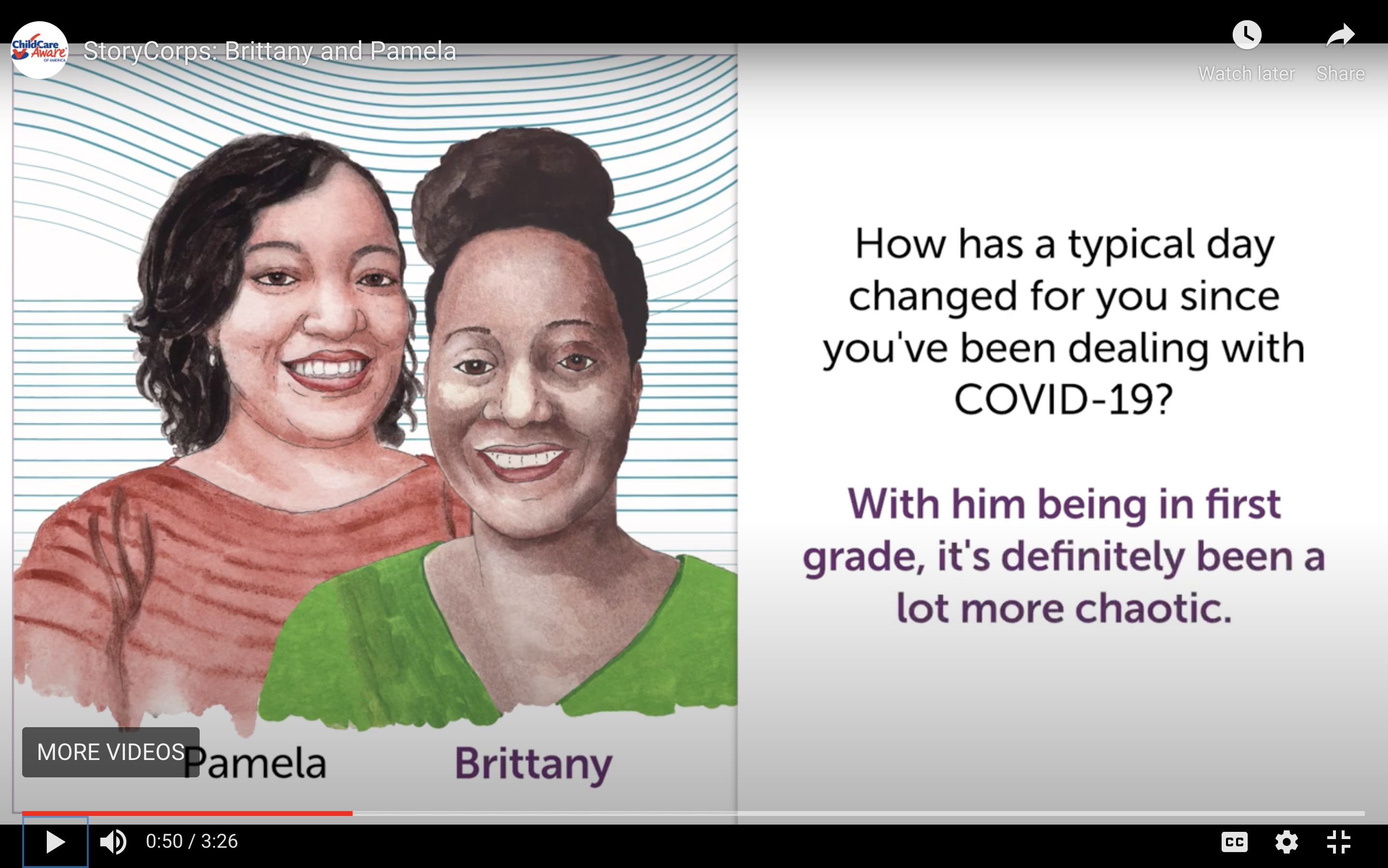
When matched with children’s interests, summer camps with safe, healthy environments and practices can be fun places for children to learn and grow. Whether they’re day camps or sleepaways, summer camps can support children’s learning and development. Camps can also serve as safe places for children to be while their parents are at work.
As our second summer during the COVID-19 pandemic draws near, many families are making decisions about their child’s participation in summer camps. Meanwhile, summer camp administrators are making decisions and plans for program operations. On April 24, the Centers for Disease Control and Prevention (CDC) released updated guidance for youth and summer camps. This information is vital to informed decision-making and planning for both families and camp administrators.
Changes in the guidance include:
- Updated information for what is known about COVID-19 and transmission among children and in summer camp settings
- Added vaccination information
- Updated guidance on physical distancing
- Updated guidance on camp activities, including sports and athletic activities
- Updated considerations for screening testing and contact tracing
- Updated guidance on cleaning and disinfection
- Removed guidance on physical barriers
- Updated guidance on developing emergency operations plans
- Updated guidance on ventilation and water systems
- Updated guidance for communal spaces, food service, playgrounds and play space
- Updated guidance for overnight camps
Child Care Resource and Referral agencies (CCR&Rs) can take steps to support summer camp decision-making, planning and operations, particularly for those camps offered by local nonprofits or school districts.
Network and local CCR&Rs can:
- Reach out to summer program contacts and update their data profiles, e.g., update open/close dates, capacity, ages accepted and child care subsidy acceptance. Many programs that are going to open will have fewer slots this year to allow for physical distancing.
- Conduct outreach to encourage new or unlisted programs to complete a data profile so that their program can be included in referrals, professional development opportunities and other communications.
- Remind contacts in programs that aren’t opening this year that if they receive calls from families, they can refer families to the CCR&R for help with finding a program.
- Know the updated CDC guidance for youth and summer camps. Be aware of differences in guidance for child care programs and summer programs located on school grounds. Understand that CDC guidance is meant to supplement, not replace, state, tribal, territorial or local public health rules, laws and regulations.
- Provide technical assistance (TA) to summer camp administrators to help them understand applicable guidance and assess their ability to open and operate safely.
- Be a thought partner for how program administrators and staff can communicate program requirements or changes to families in ways that are family-friendly and culturally and linguistically responsive.
- Create key messages that staff can share with children and families who have questions about COVID-19.
- Share information about sourcing and proper use of masks and cleaning supplies.
- Help administrators and staff think through how they will accommodate children or staff who have higher risk factors for severe illness or other special needs, e.g., sensory or respiratory issues.
- Provide TA about what to do when a child or staff member becomes ill. Help them develop plans for safely isolating a sick person until the person can go home or seek medical attention. Similarly, programs should plan for back-up staffing arrangements in case a staff member becomes ill.
- Provide TA about self-care, coping with stress, recognizing trauma and supporting children experiencing stress.
- Share information with families about how to choose a high-quality summer program and health and safety measures programs may take during the pandemic.
This list of activities describes only some of the ways that CCR&Rs can support families and summer programs. Throughout the pandemic, with shoe-string budgets, many CCR&Rs have provided heroic levels of support to families, child care and summer programs. But CCR&Rs need adequate funding and support to provide responsive and innovative services. CCAoA encourages Lead Agencies to partner with and financially support CCR&Rs and to invest in standing up CCR&Rs in the few areas where they currently do not exist.





